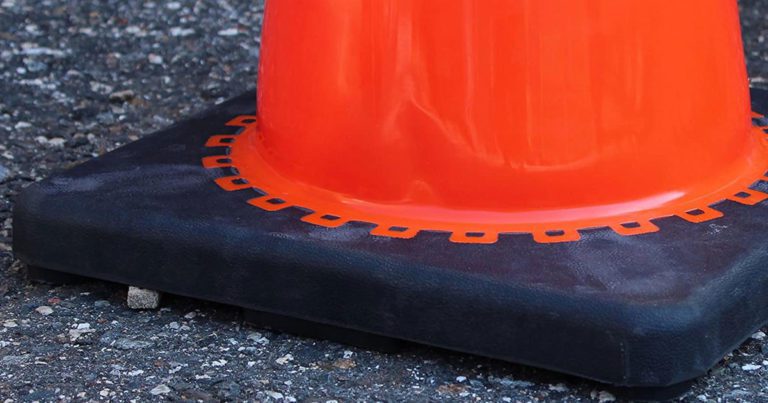Blog Post
Controlling Costs Without Sacrificing Safety
By Carl Gustafson
October 14, 2020

In our COVID-19 Survey, fleets across industries revealed the biggest concern they’re facing is keeping drivers safe. Another top area of concern was keeping costs down.
While these things may seem obvious, what is less obvious is the fact that since the shelter-in-place orders went into effect, roadways have become more dangerous. According to the National Safety Council, motor vehicles fatality rates rose 23.5% in May despite reduced miles on the road.
So, if fleets are looking to cut costs or at least lower them and keep drivers safe during this time, it is imperative that we ensure they are not sacrificing critical safety measures.
Making sure your drivers get home safely each night should remain the number one goal. How can you help achieve this?
Continue implementing your safety program
Training programs, motor vehicle record checks and driver scorecards make up the foundation of a successful safety program. If these are safety measures you had in place prior to the pandemic, it’s important to continue doing them.
Also important is prioritizing advanced driver assistance systems (ADAS) in your vehicle selector or setting a minimum safety standard that you abide by every order cycle. ADAS like brake assist, obstacle detection and collision warnings drastically improve the safety of a driver, when used correctly. In general, vehicles with ADAS features are less likely to crash, which like all other safety measures reduces fleet costs.
Take advantage of your downtime
Online driver training and behind-the-wheel training are excellent safety resources to employ at any time, but with added downtime drivers may be experiencing as a result of the pandemic, now is as good a time as ever. Both these proactive measures and reactive measures such as event-based training can help improve driver behavior.
Other ideas to utilize your downtime are expanding driver safety communications or developing an internal task force focused on driver safety. In the end, safer drivers mean less accidents and ultimately lower property damage, liability, insurance and medical costs.
Leverage telematics data to lower costs
Telematics is a great safety consideration. It can track and warn against harsh braking, sudden accelerations, seatbelt usage, speeding and more. It allows the fleet office to manage each driver’s safety, easily track risky driving behaviors in real time and take corrective action.
Data can help provide better driver feedback on ways to adopt more efficient driving practices that save money and prevent accidents. Things such as improving routing/logistics can reduce miles driven, thus reducing the overall risk of drivers being on the road longer. This technology can also help account for drivers who operate in remote locations, keeping those drivers safe in the event they get stranded.
Getting your drivers home safe and sound is always a top priority for any fleet. If you’re looking for a more robust safety program and / or to keep costs down in other areas, lean on your fleet management provider. They can provide expert advice and superior products and services to help optimize your fleet’s performance.
Are you willing to share how you keep your drivers safe on the road? If so, I’d love to hear them! Email me at [email protected].